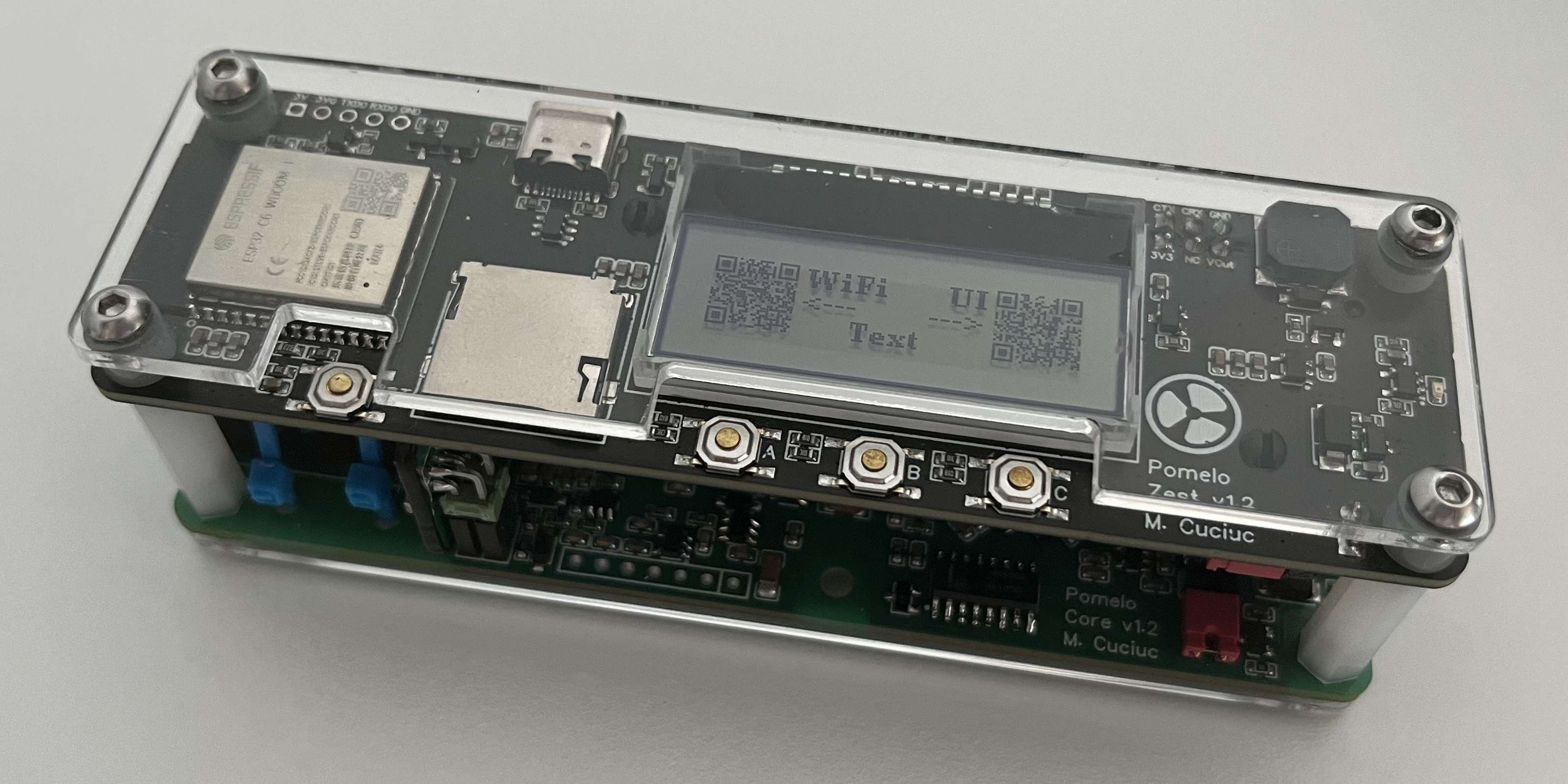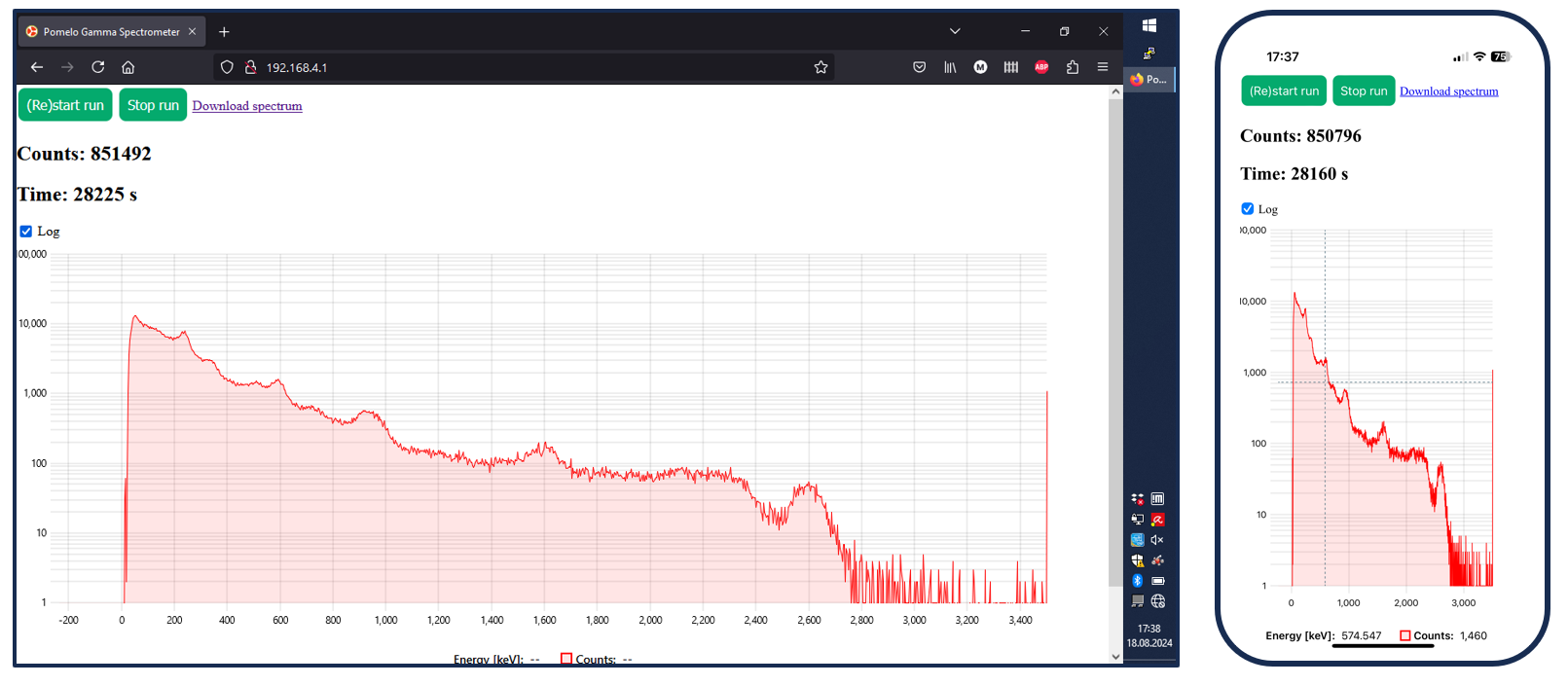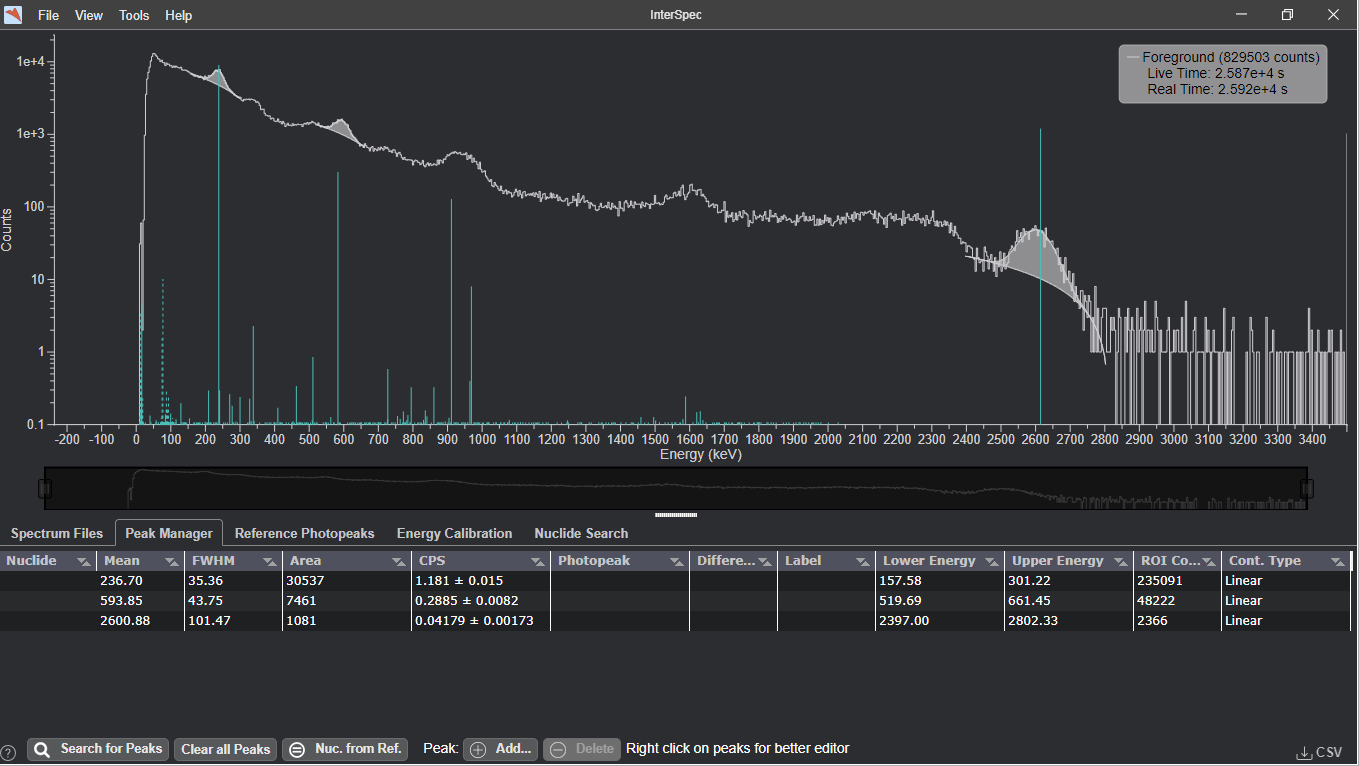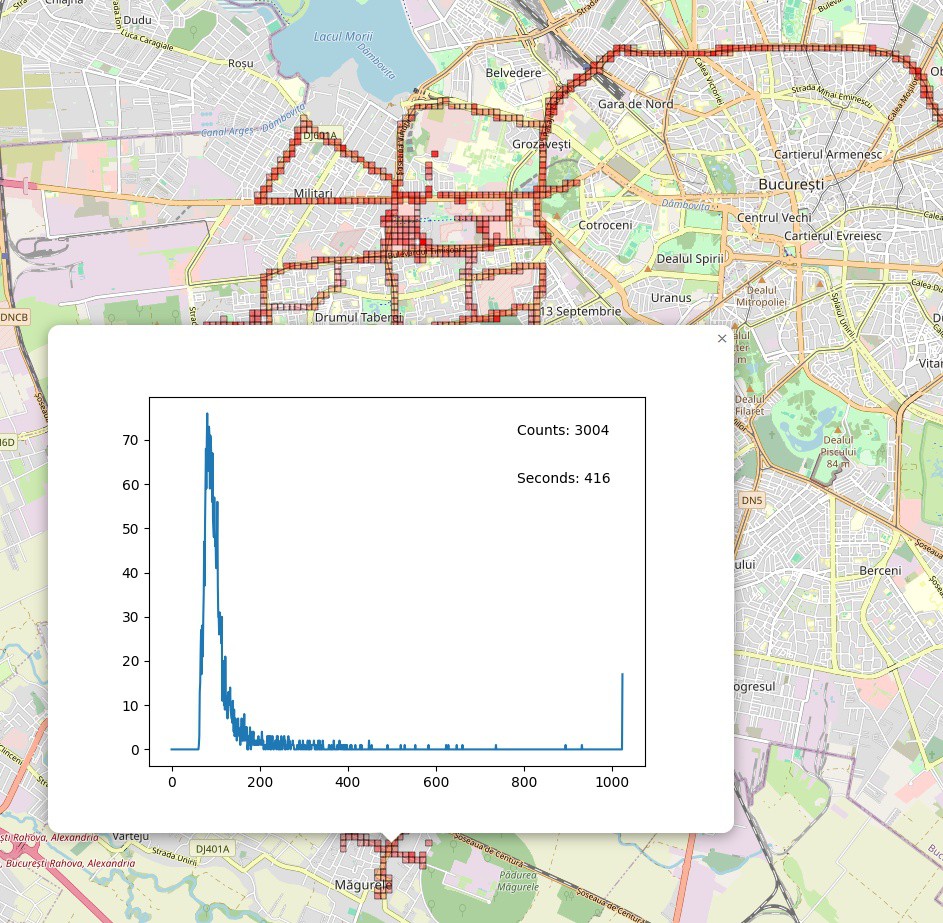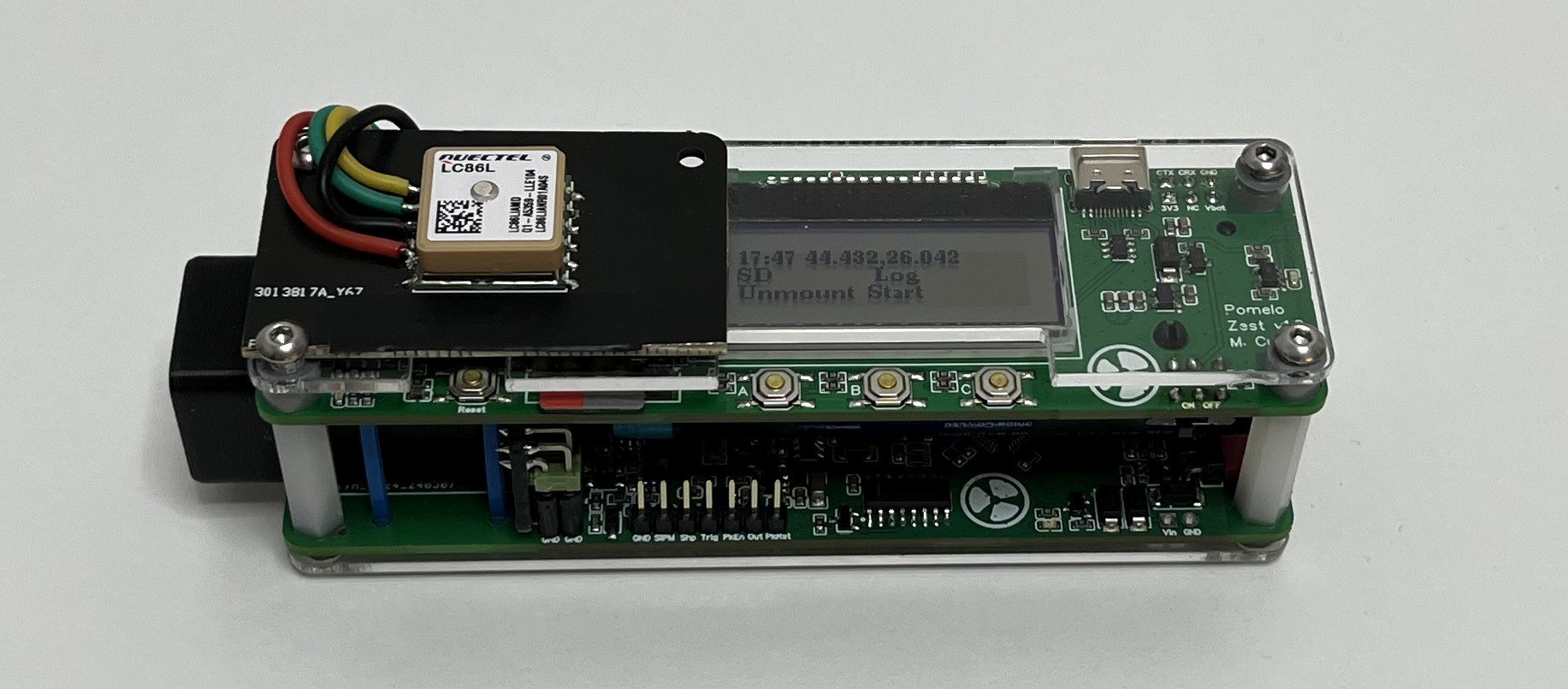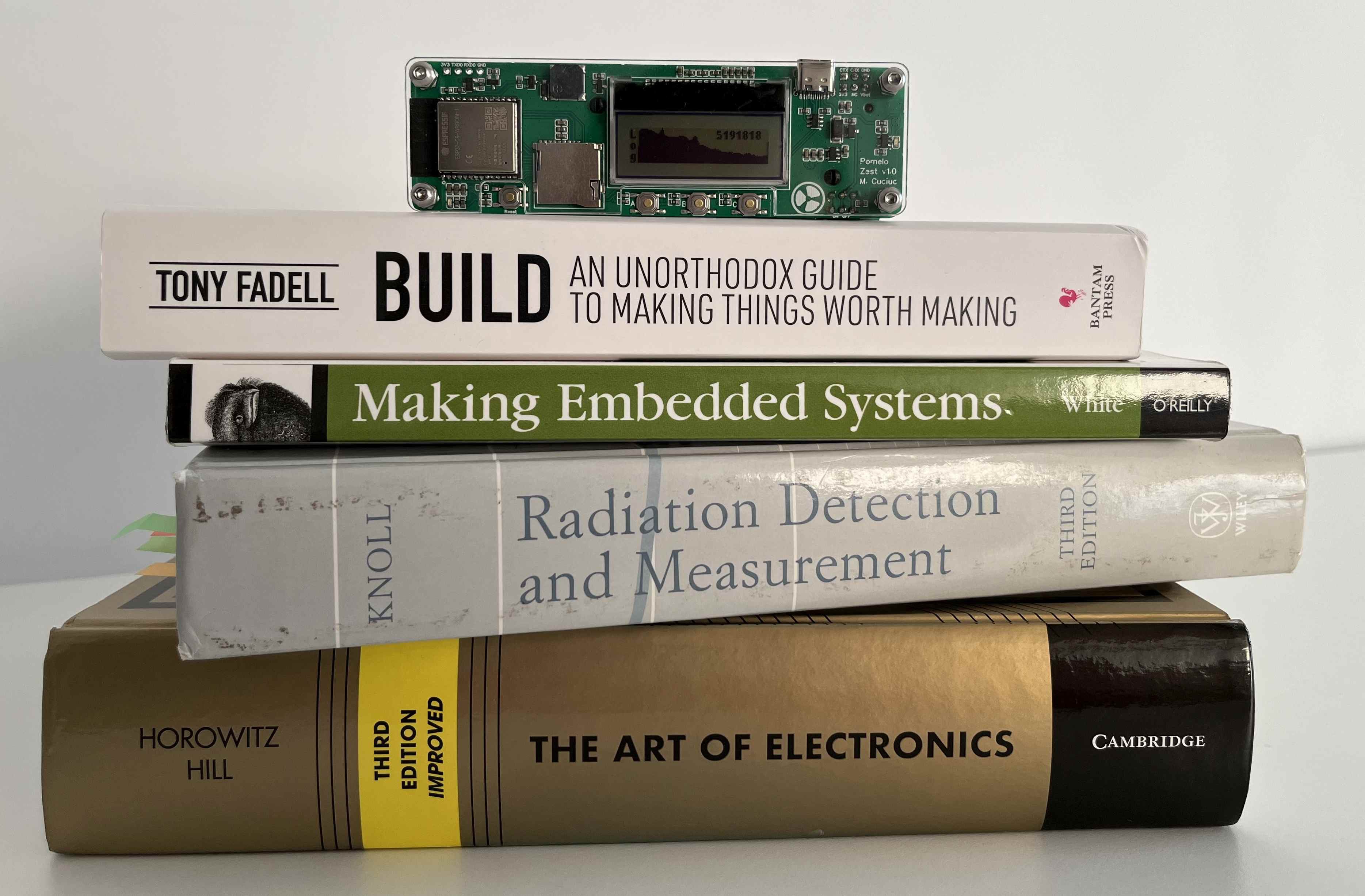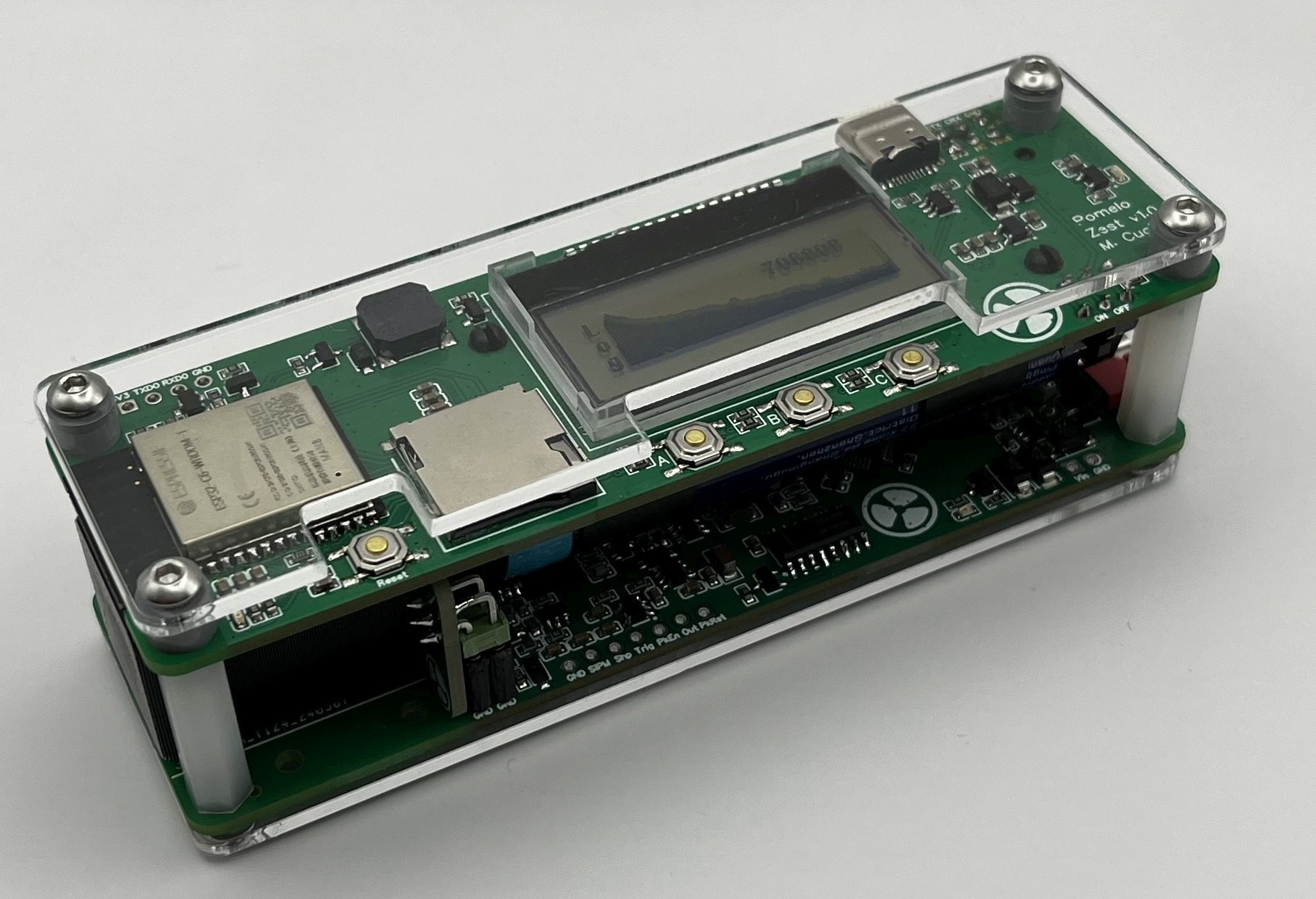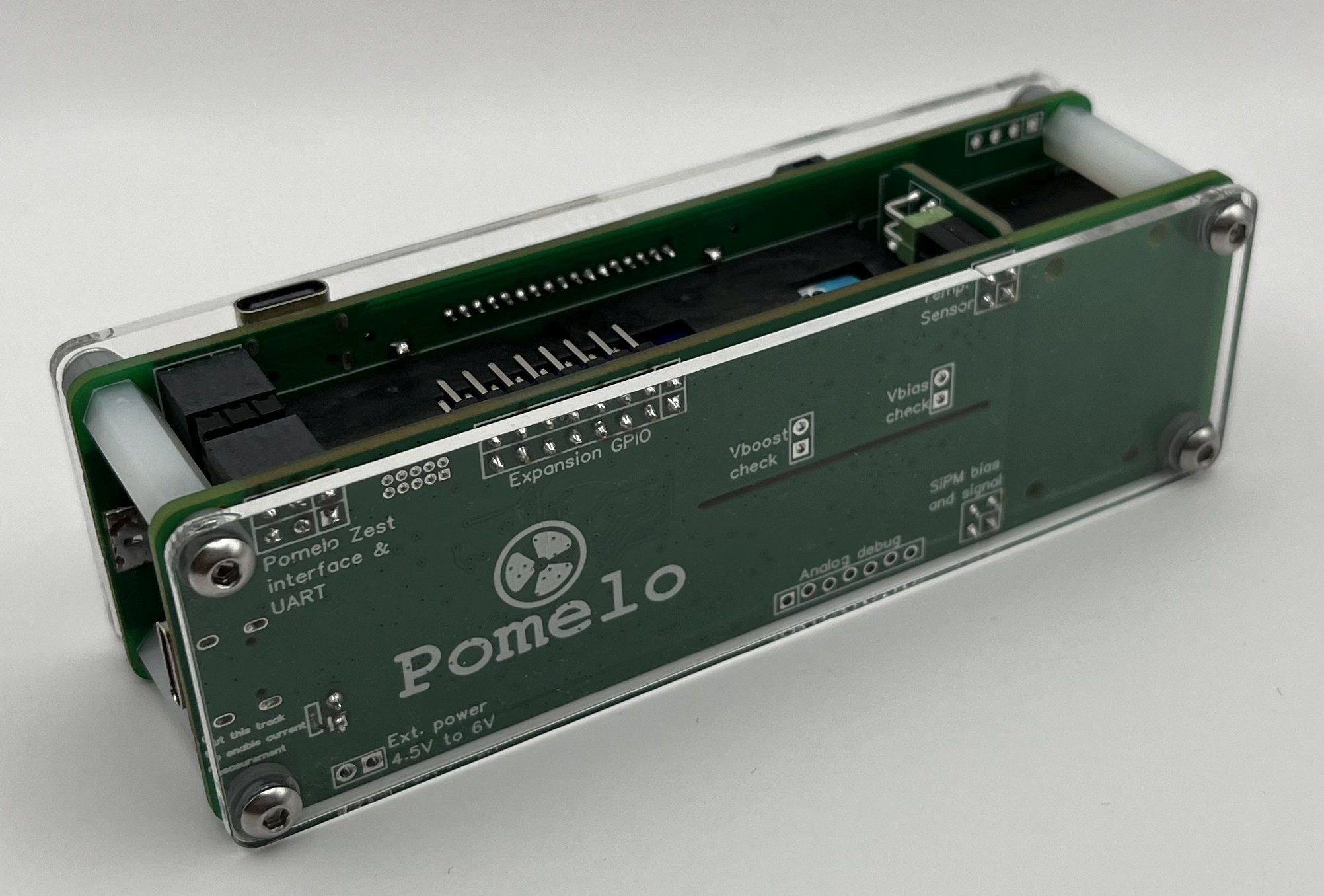-
Pomelo on Crowd Supply
2 days ago • 0 commentsPomelo will be launching on Crowd Supply where you can subscribe to be notified when it's ready: https://www.crowdsupply.com/pomelo-instrumentation/pomelo
I'm more of an engineer than a business person, so the business side of things is full of novelty for me. But it's an interesting challenge.
-
WiFi connectivity
08/19/2024 at 05:09 • 0 commentsPomelo Zest offers WiFi connectivity thanks to the ESP32-C6 at its core. It can either connect to an existing network or run in access point mode to allow a phone or a laptop to connect to it for accessing the web user interface.
An overview of this functionality is in the following clip, with some more detail below.
![]()
To make connection as easy as possible it can display the WiFi credentials (when in AP mode) and web UI link as QR codes ready to be scanned by a phone
![]()
Web interface as presented on a laptop and a phone
The web user interface is pretty basic, having run information and controls as well as a spectrum view implemented using the very tiny and awesome uPlot library. This allows having all assets locally, as you might not be online when connected to Pomelo.
We gamma spectroscopy nerds really care about poking at the gamma spectra looking for peaks and making sure the energy resolution of our instrument is as advertised. A lot of excellent software has been written for this and one of my favourites is InterSpec. Pomelo offers a minimal N42 file as a download with the current spectrum and its calibration coefficients, such that it can immediately be loaded into InterSpec.
![]()
InterSpec showing gamma spectrum loaded up from Pomelo
-
Radiation mapping
07/29/2024 at 17:59 • 0 comments![]()
Check out the interactive version of the map here: http://pomelomap.s3-website.eu-central-1.amazonaws.com
I strapped a GPS module to one of the Pomelo Zest prototypes and drove it around for the past week. It logs positioning and spectrum data to text files on an SD card and I then read all those text files in a python script to generate a map using Folium. Individual measurement points are grouped together in squares on the map and all the spectra from these measurements are added together to calculate an average dose rate at that point. You can click a square to see the associated spectrum.
![]()
GPS module jerry-rigged onto detector
-
Updated scintillator and power consumption
06/19/2024 at 17:30 • 0 comments![]()
Pomelo detector on the shoulders of giants
I got the scintillators I intended to use with this detector and have some performance plots with them in this project log. With them the hand-held detector is also starting to look better. I added top & bottom laser cut acrylic plates as basic protection of both electronics as well as of fingers from the ~80V generated by the bias circuit.
The detector consists of a top user interface & connectivity board based on the ESP32-C6 (Pomelo Zest), and a bottom gamma spectroscopy board (Pomelo Core). The power consumption of these two boards can be measured individually:
Pomelo Core:
- active: ~3 mA at background radiation levels
Pomelo Zest:
- active, connected to WiFi: 50 mA
- active, LCD backlight on: 70 mA
- active: 40 mA
- light sleep: 0.7 mA
- deep sleep: 0.35 mA
- deep sleep with SD card inserted: 0.65 mA
On future board revisions I intend to gate the power to the LCD and SD card.
Here are some pictures of the detector with its laser cut acrylic protection plates.
![]()
![]()
Pomelo: Hand-held gamma-ray spectrometer
Battery-powered instrument for gamma spectroscopy with ample interfacing options
 mihai.cuciuc
mihai.cuciuc